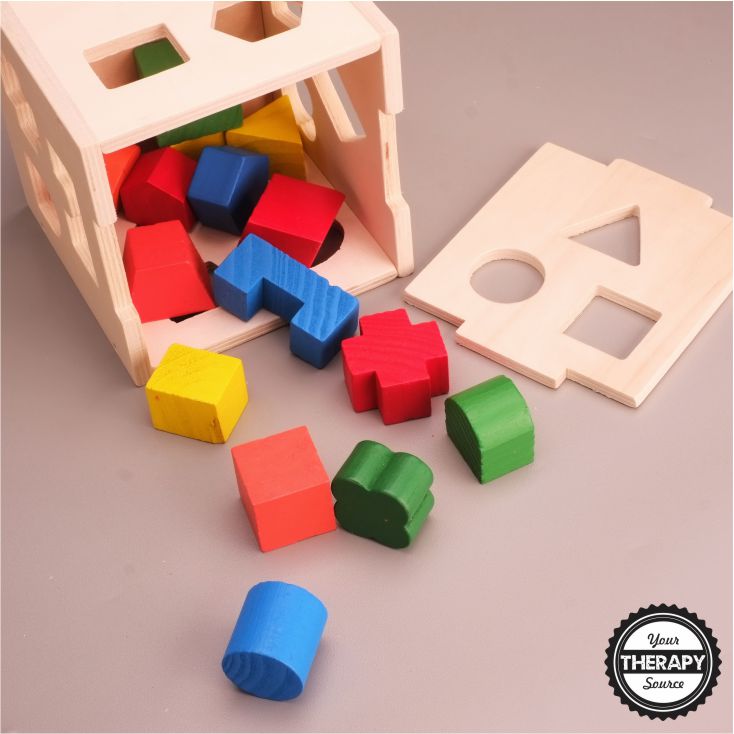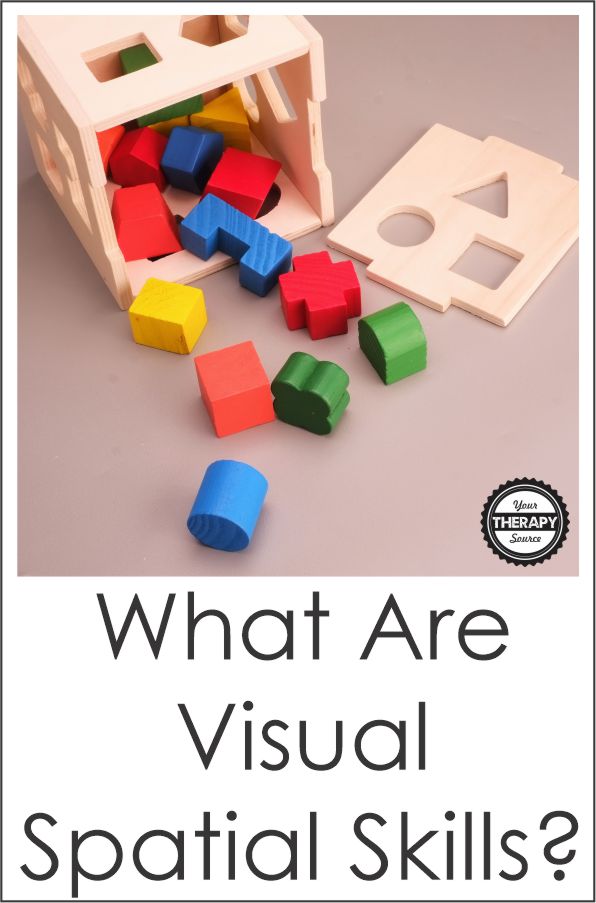What Are Visual Spatial Skills?
When you look to cross the street or bend over to pick a pencil up off the floor, you are using visual spatial skills. This skill is extremely important for every day function for school success and even how you socialize with others. Let’s take a closer look at what are visual spatial skills and how you can help your students with suggestions and activity ideas.

What Are Visual Spatial Skills?
Visual spatial relationship is the ability to visually perceive two or more objects in relation to each other and to yourself. Sounds simple right? Well, actually it isn’t. It requires your ability to visually scan your environment and to determine spatial relationships among objects. If you stop to truly think about, we use visual spatial skills all day long. It is not just about determining right from left (although that helps), front to back, over or under, etc.
Why are Visual Spatial Relationships Important?
When we look closer are what are visual spatial skills, you quickly realize that the ability to determine spatial relationships is important for everyday tasks especially as a student. You need to interpret what it means to “stand first in a line”, “sit in front of Johnny” or “put the pencil on top of the paper”.
If you have difficulty perceiving spatial relationships it can effect your motor skills, body awareness, problem solving, activities of daily living and your overall performance in school.
How can you help a child develop visual spatial relationship skills?
Children need adequate visual spatial skills to function properly in school and at home. If you have concerns about your child’s visual skills, be sure to start out by having your child undergo a thorough vision examination by an optometrist or an ophthalmologist (medical doctor).
Tips to Help Students to Develop Visual Spatial Skills
If your child or student has difficulties with visual spatial relationships try these suggestions:
- breaking down complex skills or activities into smaller parts (i.e. for a multi step project only provide the student with directions for one step at a time.
- use a multi-sensory approach to teaching concepts (i.e. let the child move under, over, in between to understand the concepts).
- keep the classroom or home environment the same (i.e. do not move around furniture).
- keep school supplies the same (i.e. let the child keep his/her own supplies and not share).
- use visual supports to help students with motor planning or body awareness to reinforce personal space around others.
Activity Ideas to Help Your Students Develop Visual Spatial Relationships
Here are activity ideas that will help a child to develop visual spatial relationships:
- play any movement activities such as obstacle courses or using playground equipment so that the child has to move under, over, in between, left, right, through, next to, high or low to help the child learn the relationship of the body to objects.
- play movement games with boundaries such as tag, hopscotch, hula hoop games and more.
- teach and reinforce right and left discrimination.
- complete chores such as setting the table, dusting or sweeping where child has to move around objects.
- play with building type toys such as wooden blocks, interlocking blocks and railroad tracks.
- complete projects such as model cars or various craft kits where you have to follow directions such as glue this circle to the yellow square.
- practice copying pictures from paper then increase the challenge by copying a picture from far away.
- complete puzzle worksheets that challenge visual spatial skills.
- play board games.
- complete multi-step craft activities such as origami or cut and paste activities.
Resources to Help Students with Visual Spatial Awareness
Spatial Awareness Puzzles – Copy the Drawings
5 Ways to Develop Spatial Awareness



